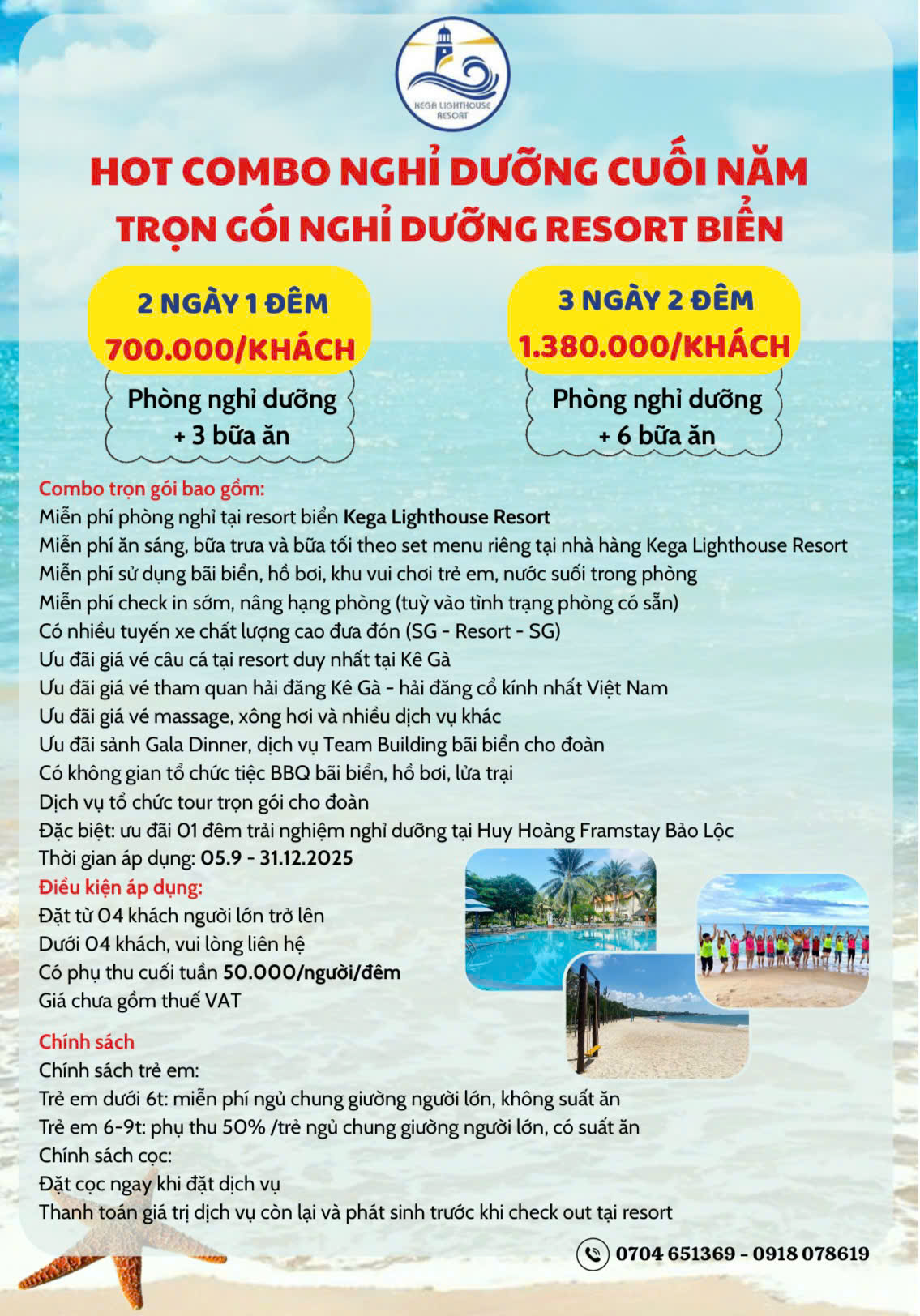Hotline: 091 807 8619
Friday, 28/02/2020, 14:50 GMT+7
Binh Thuan Museum
Although this is not a large province, not many places have a multi-ethnic culture like Binh Thuan. The province has more than million people but there are 34 different ethnic groups living together. Along with that are the diverse cultures. Experiencing many historical events and then merging into one of the most unique culture in the South Central Coast region. Binh Thuan Museum is located at 4 Ba Trieu, Tp. Phan Thiet, this is also a place to store many artifacts, especially some artifacts also considered as national historical relics, and artifacts of the Cham people.
Sa Huynh culture
Sa Huynh - a famous culture, distribute in a wide space with the researching history up to now is full 100 years. From that time to now, many large-scale excavations, many the serious research works carried out to fall approach, exploit the matters relate as the origin, the date, the development stages, the cultural relation…Sa Huynh culture in Binh Thuan is distributed along coastal sandy beaches from Tuy Phong district to La Gi town, most concentrated in Ham Thuan Bac and Ham Thuan Nam districts. This is an indigenous culture, the most basic feature being the burial of the dead and burial objects in ceramic jars. People in this period knew how to make metal working tools to replace stone products; and even produce very diverse and unique jewelry. Sa Huynh culture developed from about 3500 years to the centuries BC. The process of converging different sources has reached the peak of this cultural development in the period of 2,500-2,000 years ago.

Da Kai culture
Da Kai archaeological relics located in Da Kai commune, Duc Linh district, Binh Thuan province, were discovered from 1977-1978. This is an ancient culture of the post-Neolithic Age with the number of relics of axes, grinding tables, hoes, chisels, stone knives and ceramics ... Especially, this was the place where three stone guitar instruments have been discovered and was the oldest instrument of mankind. Relics distributed over a large area, related to the culture of North Dong Nai and a part in the central Tay Nguyen that were more than 3000 years.

Cham culture
The Cham people in Binh Thuan are indigenous people, they are living in this region for a long time throughout the history of 2,000 years. The Cham people have created a unique and distinctive culture and left a huge number of cultural heritages such as temples, citadels, crowns, statues, reliefs, rituals, festivals, etc. It is included many unique cultural heritages at the end of the Kingdom of Champa in the XVI - XVII centuries, under the control of the two religions of Brahman and Bani.
Ethnic minority culture
Binh Thuan has 34 ethnic minorities. Among those ethnic, Raglai, Coho, Cham and Choro ethnic groups are considered indigenous people. These ethnic groups have a fairly abundant and diverse culture, typical of mountainous areas, because their livelihoods are mainly based on the natural hunting environment. In these ethnic minority cultures, they follow polytheistic beliefs with the concept of spiritual things, natural forces are sanctified and worshiped with absolute faith. Therefore, rituals, festivals and spiritual beliefs play an important role in their cultural and spiritual lives.
Kinh culture
More than 300 years (1697) formed, built and developed the homeland of Binh Thuan, up to now in all periods of history - culture of Vietnamese people (Kinh) always play the role of subject culture to build the country with other ethnic groups. Not only the values of material culture preserved and promoted as communal houses, tombs, temples ...but also the spiritual culture always plays a leading role to maintain and promote the values of traditional culture.

Antiques shipwrecked on the sea of Binh Thuan
Binh Thuan sea used to be the main fishing ground for fishermen. Also on this sea, centuries ago this place was a shipping route for ships of other countries. Therefore, off the coast of Binh Thuan formed a "silk" road on the sea with a lot of boats passing by. Many ships wrecked at sea were discovered by Binh Thuan fishermen. Underwater archaeological excavations have collected tens of thousands of artifacts from shipwrecks, ceramics dating from the Ming and Qing periods of China and even Thai ceramics. These artifacts have economic, cultural and artistic value. Thanks to the discovery of various diverse antiques, we can envision the bustling trade route from centuries ago.
Internet











